Guide to Tasmania’s East Coast

Australia’s smallest state is full of big ticket attractions, many of which are sprinkled throughout the East Coast of Tasmania. Immerse yourself in everything this island treasure has to offer along its Eastern wing on your tour of Tasmania. Here are some of the highlights!
Hobart
The charming capital of Tasmania is home to rich heritage and modern culture. See this juxtaposition on the streets lined with time-worn buildings and vibrant new-age charisma, or in the exhibitions at MONA (Museum of Old and New Art). Enjoy a thriving culinary scene, with the region known for its top-quality produce and fresh seafood. Dine along the buzzing waterfront precinct, explore the eclectic art scene of Salamanca Place, or take in the sweeping views of the city atop Mount Wellington.
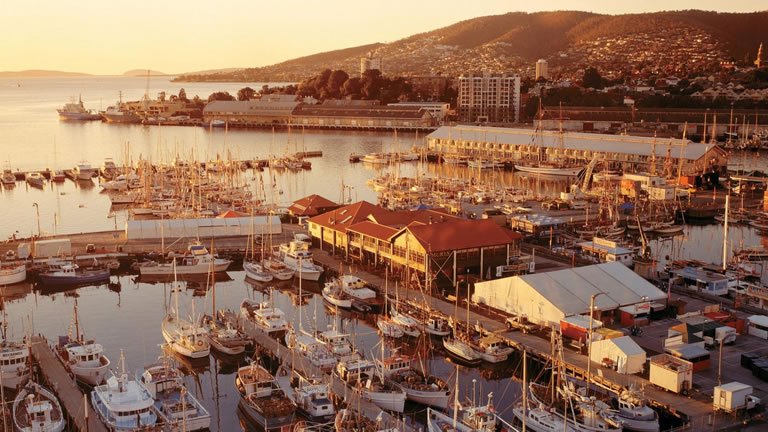
Richmond
Known for its Georgian architecture, Richmond’s streets are adorned with heritage buildings dating back to the early 1820’s. Once a military post and convict station, the township was strategically positioned between Hobart and Port Arthur and stands proud in the heart of the Coal River Valley. The key attraction, the Richmond Bridge, is the oldest stone span bridge in Australia, built by convict labour in the 1820’s. Today, heritage buildings are crafted into quaint tea houses, museums, and restaurants, where visitors can enjoy some history as well as delicious Tasmanian produce. Nestled amidst the Coal River Valley wine region, a good drop is also never too far away.

Port Arthur
Originally a small-scale timber station in 1830, Port Arthur has a turbulent storyline spanning centuries. Run as a penal settlement where convicts worked to fell trees to serve the timber trade, the site is now a World Heritage Historic Site where stories of hardship are embedded in the stone. While the arduous work of the convicts in the forests was considered physical punishment for their crimes, inside the Separate Prison punishments of the mind were endured. Visit this site to hear tales of adversity and walk in the footsteps of history.
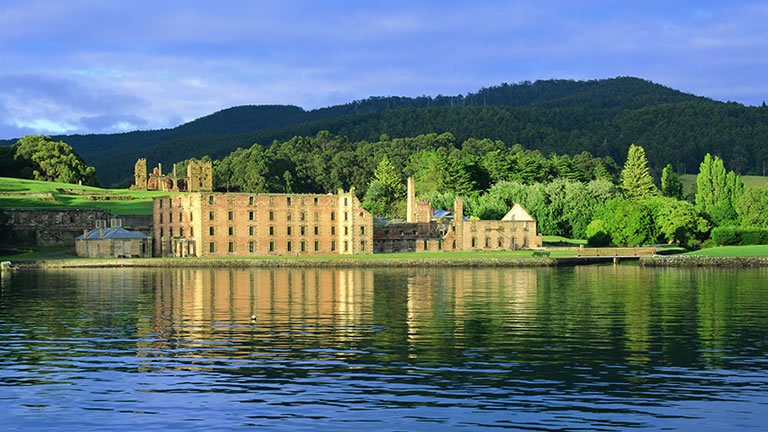
Maria Island
Maria Island is home to abundant wildlife, peaceful beaches, lush forests, and rugged cliff faces. See the swirling hues of the Painted Cliffs and Fossil Cliffs, embellished with fossilised sea creatures. Like many places in Tasmania, it was historically used as a convict settlement, chosen for its isolation. This natural design has lent itself perfectly to now serve as an animal refuge and is a 20-kilometre-long sanctuary to protect species that are under threat elsewhere. With no cars on the island, wombats meander along the path, forester kangaroos hop through the lush bushland, and Tasmanian devils scamper through the natural shrublands.

Bruny Island
A hive of flora and fauna and quaint charm, Bruny Island is a gem nestled along Tasmania’s East Coast. Explore the island on foot along one of the stunning bushwalk tracks or take to the water for a cruise around the island or a snorkel in the clear water. Keep your eyes peeled for fur seals, fairy penguins, echidnas and white wallaby while you are out exploring this Tasmanian treasure. Prefer to kick back a little? With fresh produce in abundance, and Australia’s southernmost vineyard calling the island home, there is plenty of locally-made cuisine to indulge your palate once all your other senses have been satisfied.
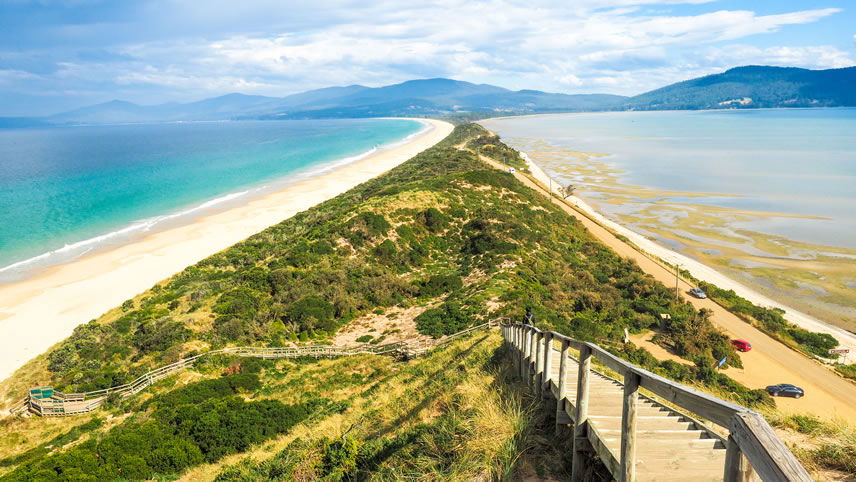
Freycinet National Park
Formed over 400 million years, Freycinet Peninsula is a natural masterpiece of the ages, most of which was declared a national park in 1916. Freycinet National Park is steeped in pink granite peaks and white sand beaches, with its topography lending itself to sweeping views of the Tasman Sea. One of Tasmania’s most photographed scenes, Wineglass Bay, is shaped like a chalice of crystal filled with shimmering blue water. While breathtaking to behold from the many lookouts, the clear waters offer an equally inspiring beauty beneath the surface – take a snorkel and plunge into another world entirely.
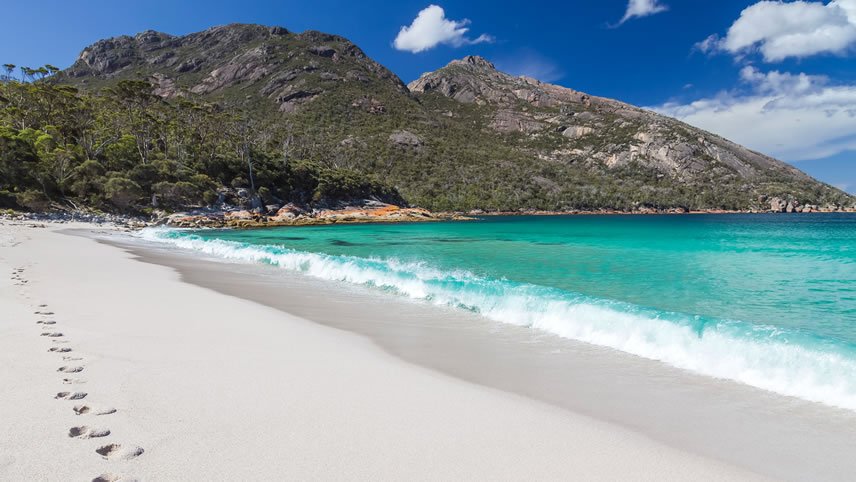
Bay of Fires
The Bay of Fires is a stretch of coastline between Binalong Bay and Eddystone Point that is filled with pockets of white sand beaches, secluded swimming holes and rocky outcrops. While the name is historically drawn from the Aboriginal fires seen dotting the coastline as Captain Tobias Furneaux sailed past in 1773, it is aptly suited to the vibrant orange boulders that pepper the sands. Colourful lichen clings to the granite stones and paints the shore an auburn coat – a stunning contrast to the turquoise water lapping at its edge.
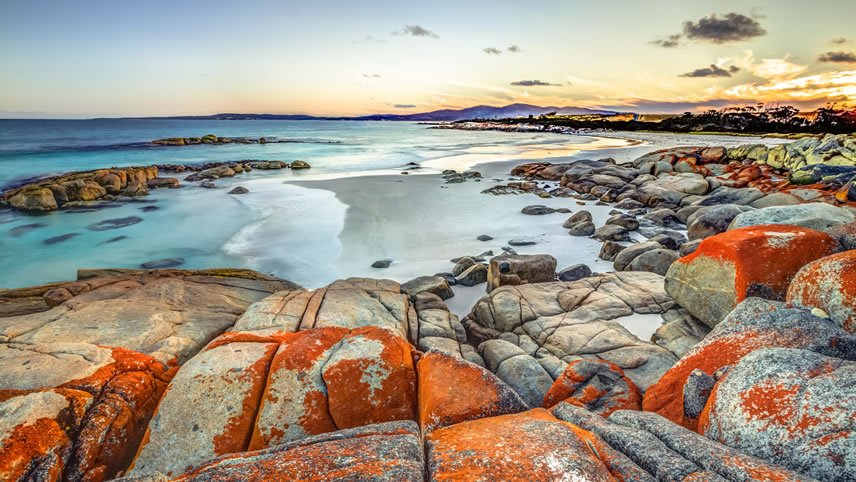
Tamar Valley
Flanking the banks of the Tamar River, the Tamar Valley stretches 60 kilometres from Launceston to the Bass Strait. Full of fertile rolling hills, a wealth of vineyards and local farms take advantage of this lush countryside, meaning the produce is as delicious as the scenery is stunning. Stop to pick some seasonal fruit, sample some delicious cheeses, sip some craft beers and ciders, try the local wine, and capture some fantastic views. There is also wetlands, beaches, mining museums and galleries.
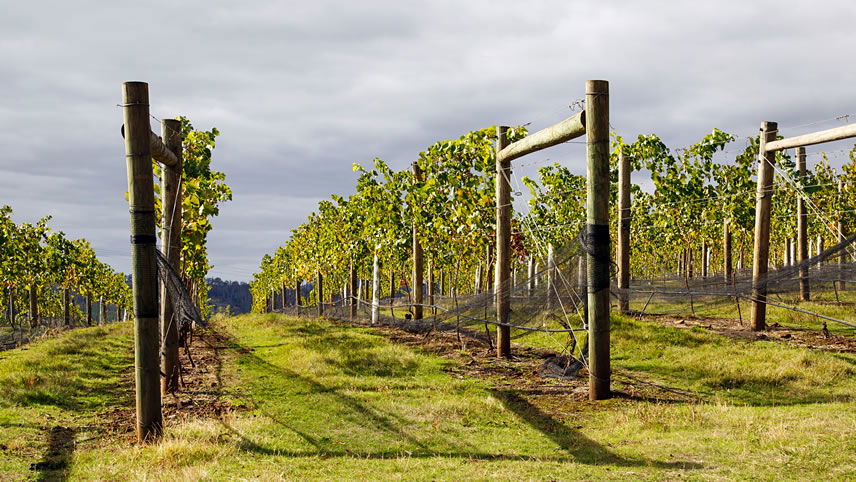
Launceston
A city bursting with old town charm, the streets of Launceston are lined with Colonial and Victorian architecture. These charismatic boulevards come alive with an energetic food and wine scene, coffee aficionados, and art enthusiasts. Explore the cafes and restaurants, along with the art galleries and museums dotted throughout this charming city. Beyond the centre, just a two-minute drive or an easy 15-minute walk, discover the towering cliffs of Cataract Gorge crowned by the Kings Bridge which was adorned in 1867.

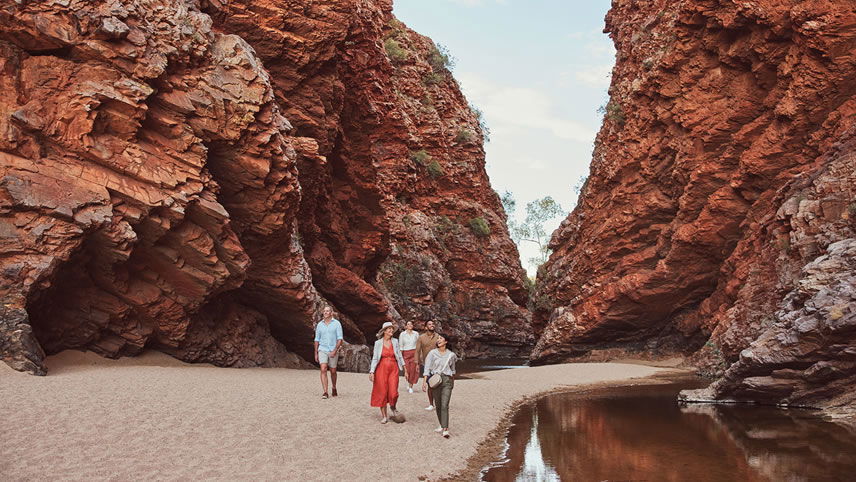
21 August, 2024
Inspiring Journeys Unveils New 2025 & 2026 Season ItinerariesInspiring Journeys, renowned for offering immersive, small-group premium travel experiences,...

24 July, 2023
Tasmania Through the SeasonsTasmania often faces unfair criticism regarding its climate, but despite being Australia's...
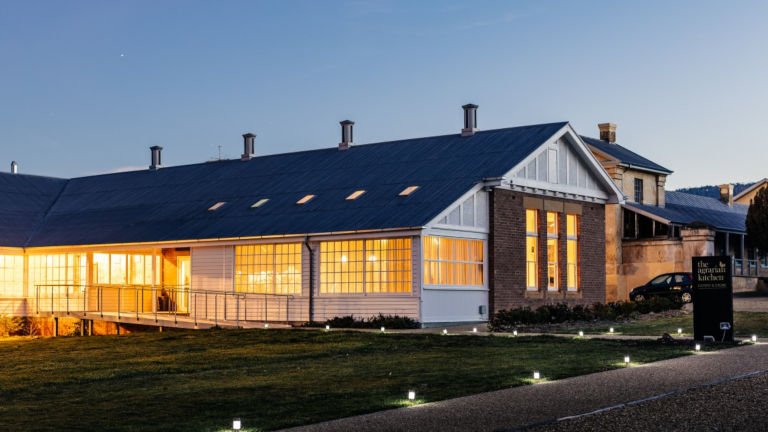
05 January, 2021
Tasmanian Food and Wine Tasting GuideThe food and wine scene in Tasmania is more than thriving. With an abundance of growers,...
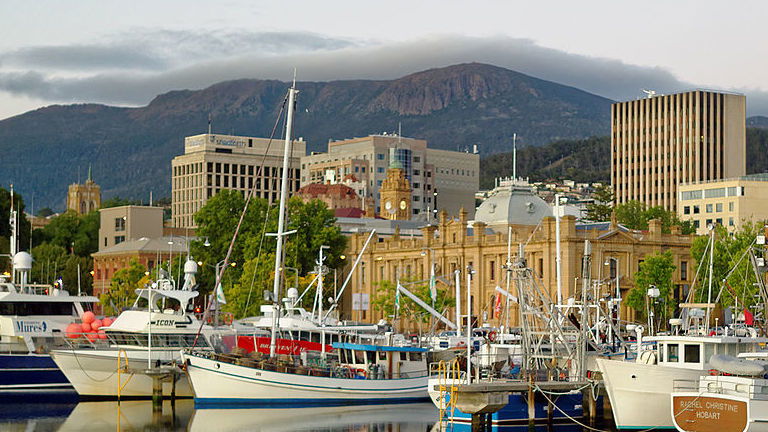
11 August, 2020
10 Incredible Experiences on Bunnik's Tasmania in Depth Guided TourBunnik Tours are delighted to bring you their second Australian tour, Tasmania in Depth....

04 August, 2020
The Tastes of Tassie: Must Do Experiences with Insight VacationsTasmania boasts an incredible collection of one-of-a-kind attractions, both natural and man...
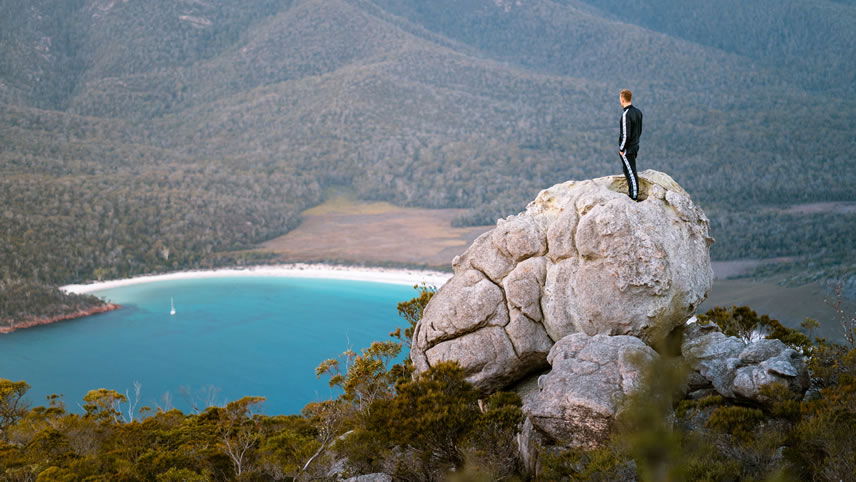
08 October, 2018
See the Best of Tasmania on a 7 Day Luxury Tour with Inspiring JourneysHistory, Culture and Gastronomy - Welcome to the Wild Island State Home to only 500,000...
